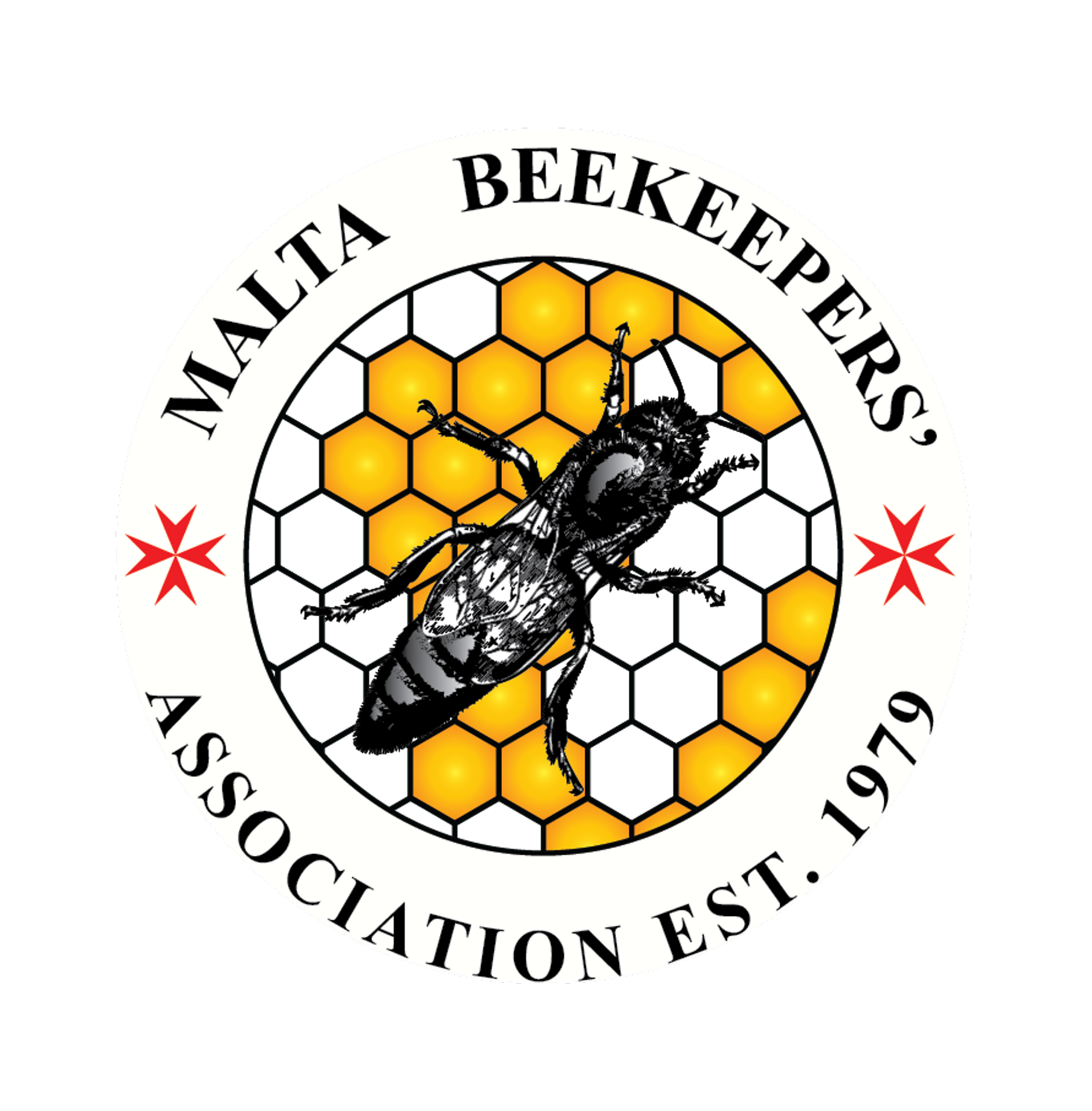The Importance of Bees
The Importance of Bees
Life in the Hive
Life in the hive is structured: at each stage of a honey bee's life it has a different
job. There is an order to the way the colony is run to ensure its survival.
How many types of bee are in a honey bee colony?
Three - a single queen, thousands of female workers and, in the summer,
hundreds of male drones. The drone bees do no work and, in the early autumn,
they are evicted by the workers and die.
What does the queen bee do?
The major purpose of the queen is to lay eggs. During April and May she lays eggs day and night, each egg taking about 20 seconds. That’s over 2000 eggs a day, more
than her own body weight. The queen mates only once and holds sufficient sperm
from the male drones to lay eggs for 3-5 years. The drone bee dies in the
process of fertilisation.
There are three types of wax cell used for eggs. In smaller cells (5 mm diameter)
the queen lays fertilised eggs, which in 21 days develop into female worker
bees. In larger cells (7 mm diameter) unfertilised eggs are laid, which in 24
days become the male drone bees. The production of offspring that does not
require mating is known as parthenogenesis. A male drone bee has no father but
does have a grandfather! The third type of cell is a very special cell that
hangs vertically downwards, which is developed to produce new queens. A colony
producing queen-type cells is a warning to the beekeeper of an impending swarm.
A healthy queen bee is continually emitting pheromones (a bee perfume) that
only the bees in the hive can smell. These pheromone odours tell the bees in
the colony that the queen is still with them and all is well in the hive. This
chemical pheromone communication is quite sophisticated and the ‘personality’
of a beehive will change if the beekeeper changes an old queen for a young one.
In this way a beekeeper has some control over the temper and other characteristics
of a colony, e.g. honey production.
Does the queen ‘rule’ the colony?
No, the queen is simply an egg-laying machine.
The queen bee has a smaller brain than a worker bee.

